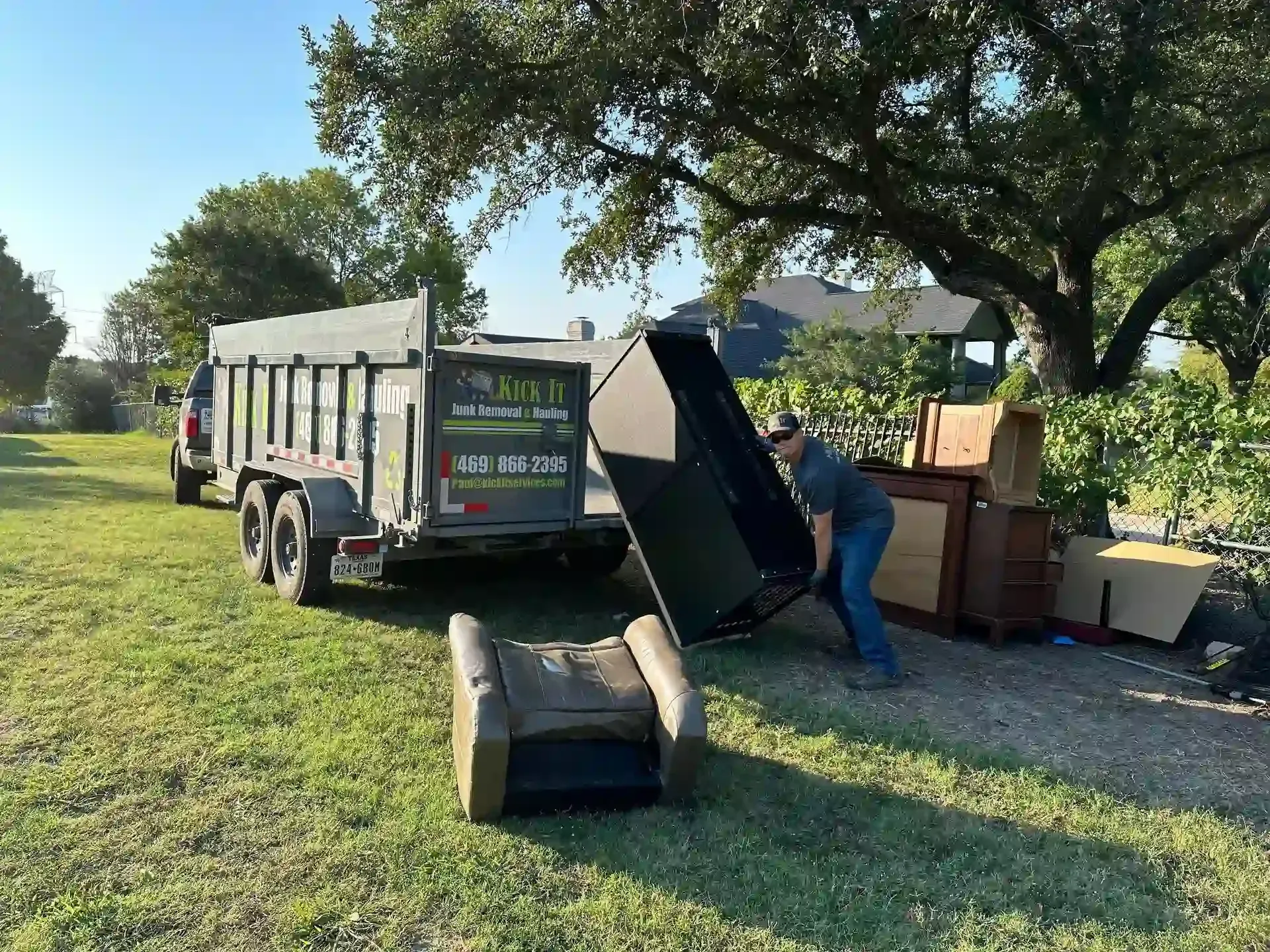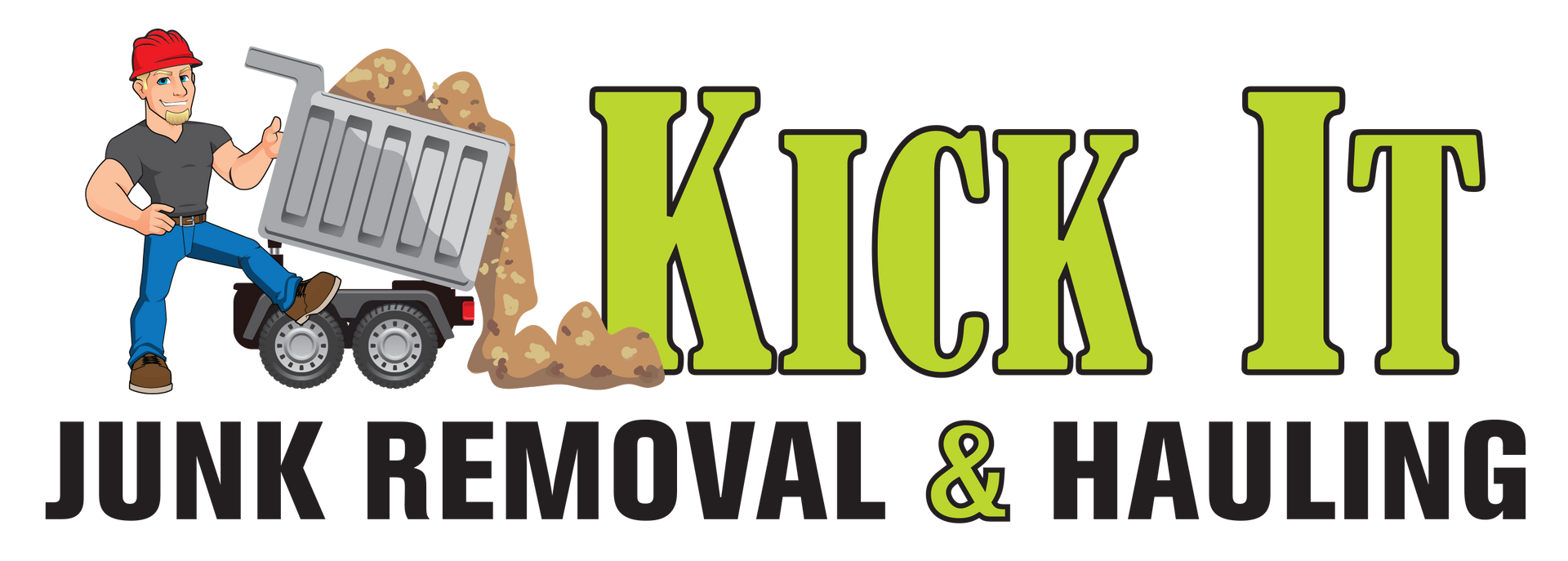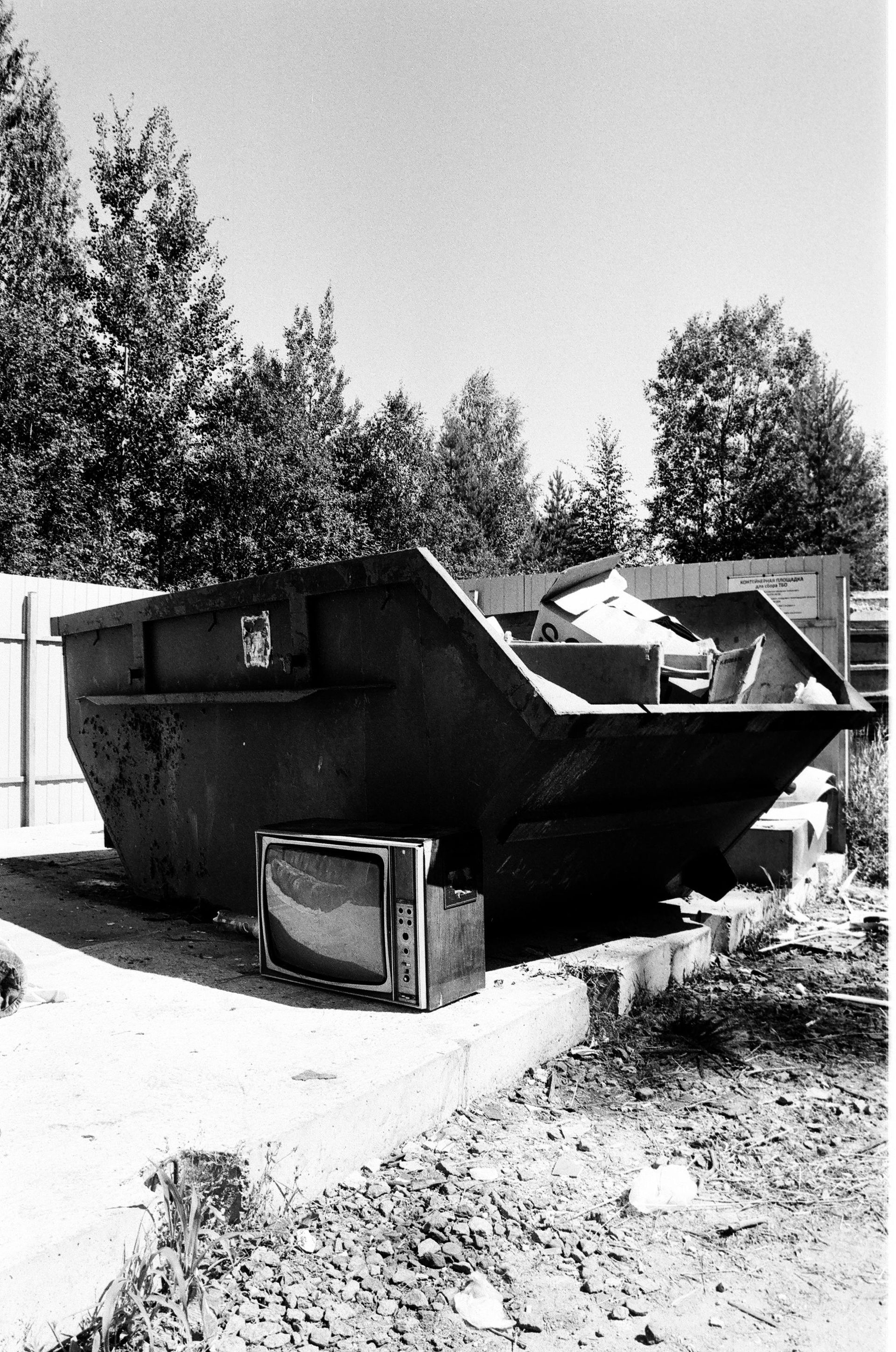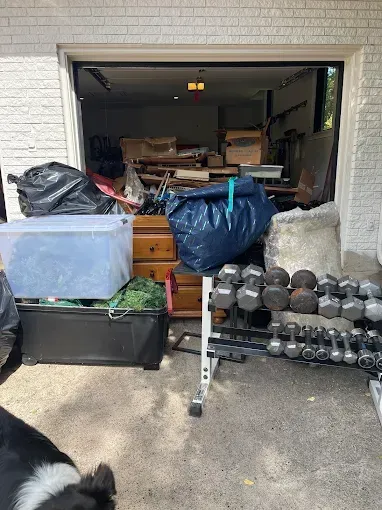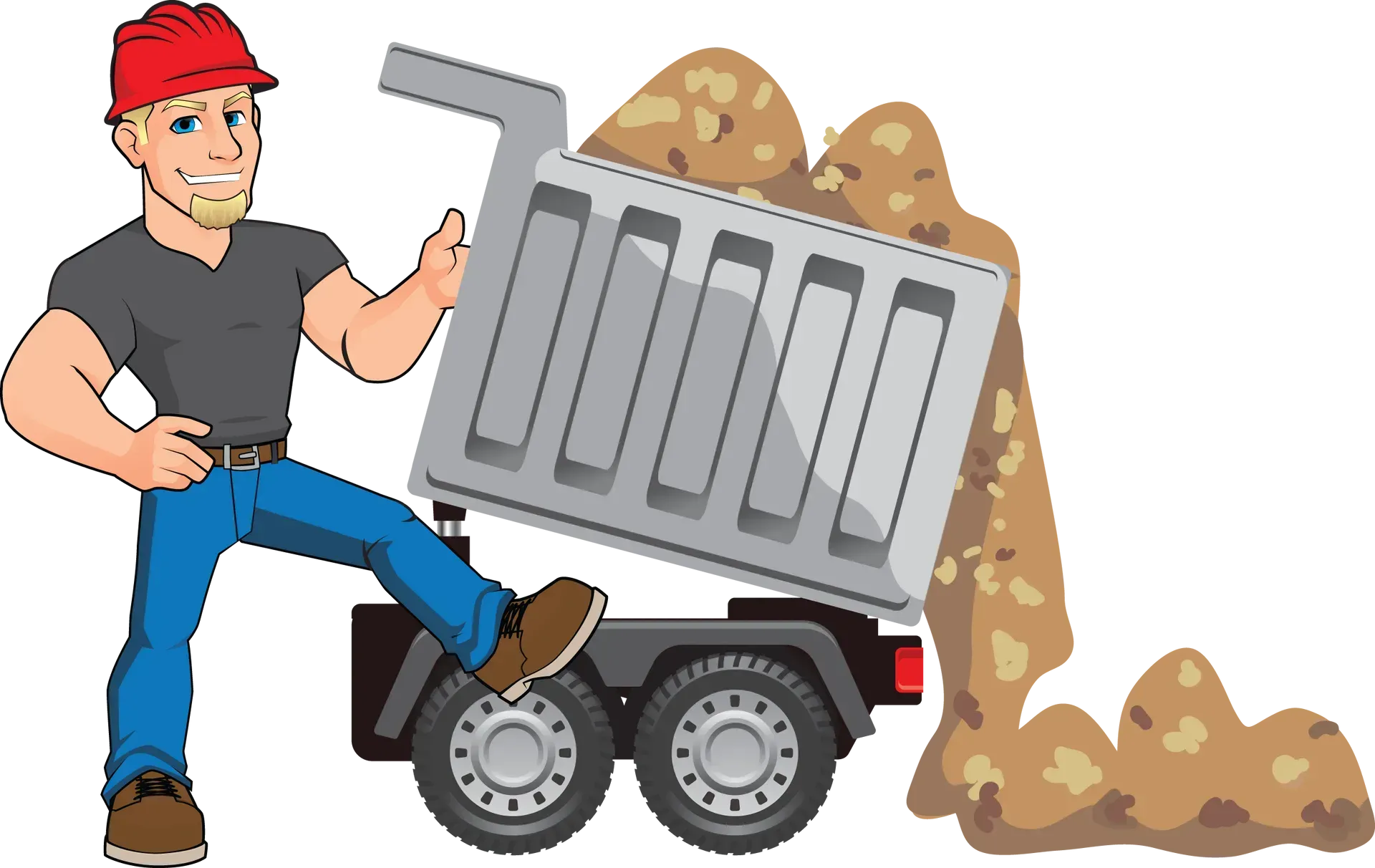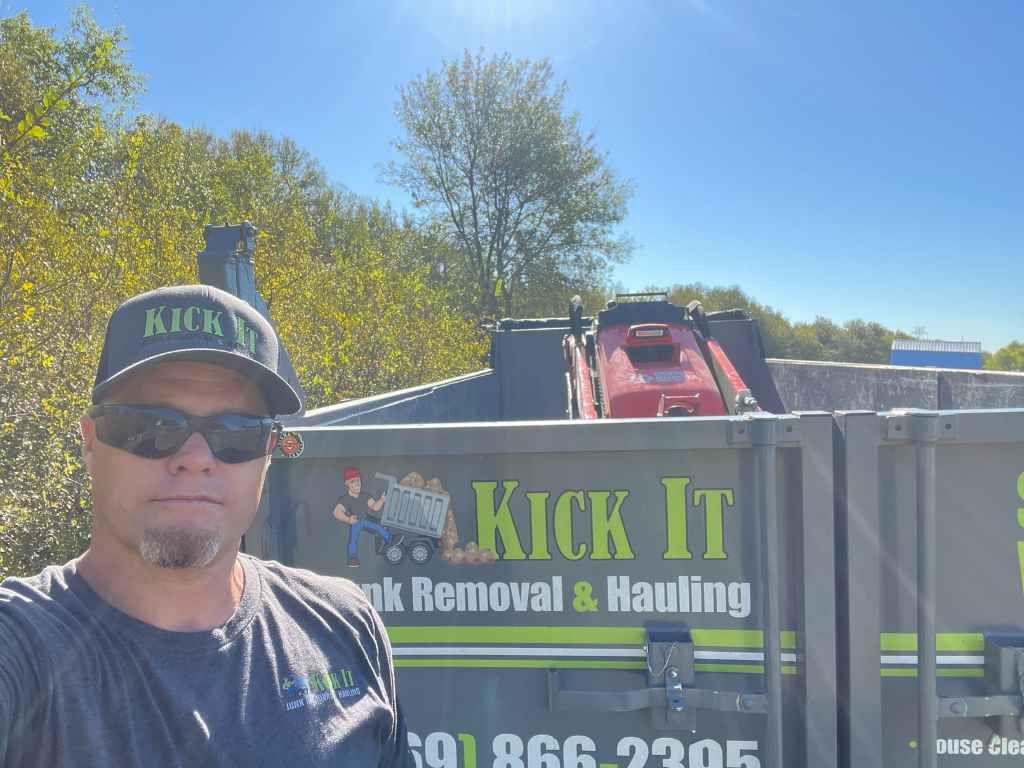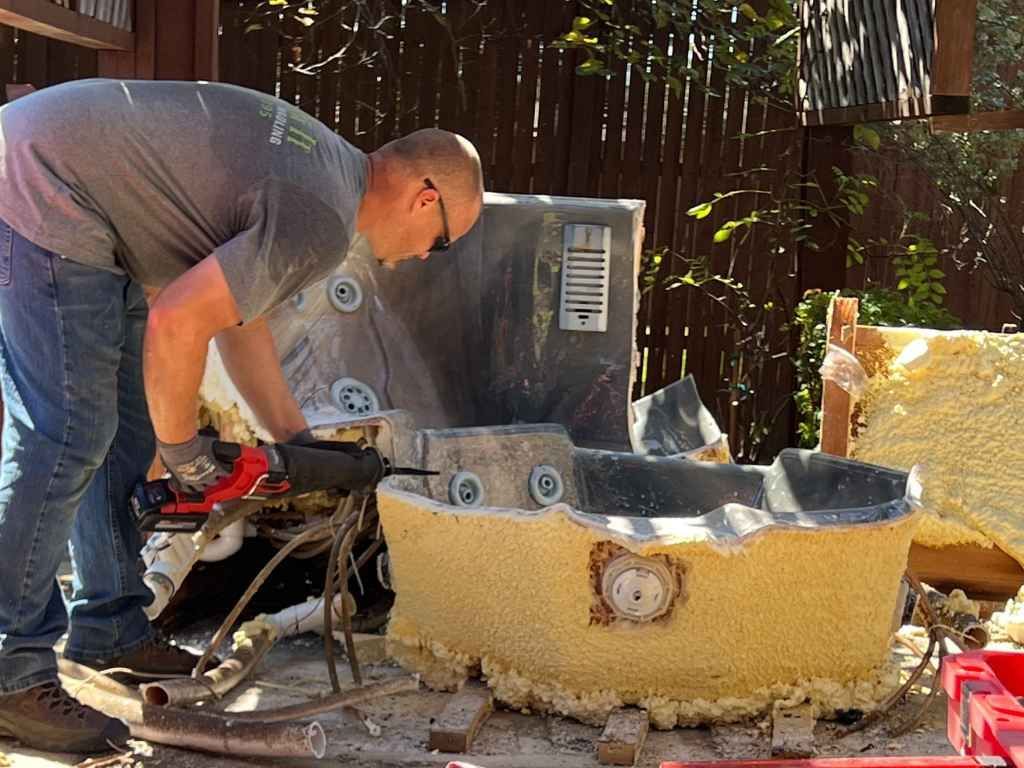How to Safely Dispose of Commercial Construction Debris
When embarking on any commercial construction project, whether it's building a new office complex, renovating a retail space, or expanding a manufacturing facility, one inevitable aspect is the accumulation of construction debris. The pile-up of scrap materials, demolished parts, packaging, and waste from construction work can be overwhelming. However, knowing how to dispose of this debris safely and responsibly is not only essential for maintaining a clean and organized job site but also for complying with local regulations and contributing to environmental sustainability.
Safeguarding Your Project with Proper Commercial Construction Debris Disposal
Proper disposal of commercial construction debris is vital for maintaining a safe and organized work site. By sorting materials like wood, metal, concrete, and hazardous waste, you ensure a streamlined process while minimizing environmental impact. Efficient waste management not only protects the environment but also reduces the risk of project delays, as well as legal and safety issues related to improper disposal practices. Compliance with local regulations is an essential part of this process.
Hiring a professional junk removal service can significantly enhance the efficiency of construction debris disposal. These experts are equipped with the knowledge and resources to properly manage waste disposal, from recycling to handling hazardous materials. Working with a licensed service ensures that the disposal process adheres to local rules and safety standards. Whether you're removing metal scraps, concrete, or dangerous chemicals, professionals can help prevent costly fines and improve your project's sustainability.
The Importance of Proper Debris Disposal
Disposing of construction debris might seem straightforward at first glance, but improper disposal can lead to a range of issues. These include environmental pollution, health risks for workers, legal penalties, and project delays. The risk of contaminating surrounding environments or violating waste disposal laws is high when debris is disposed of improperly.
By understanding the right methods for debris disposal, construction companies can mitigate these risks. Safe debris removal not only ensures that the site remains compliant with local ordinances but also promotes safety, health, and sustainability throughout the project lifecycle. Here's a closer look at how to safely dispose of commercial construction debris.
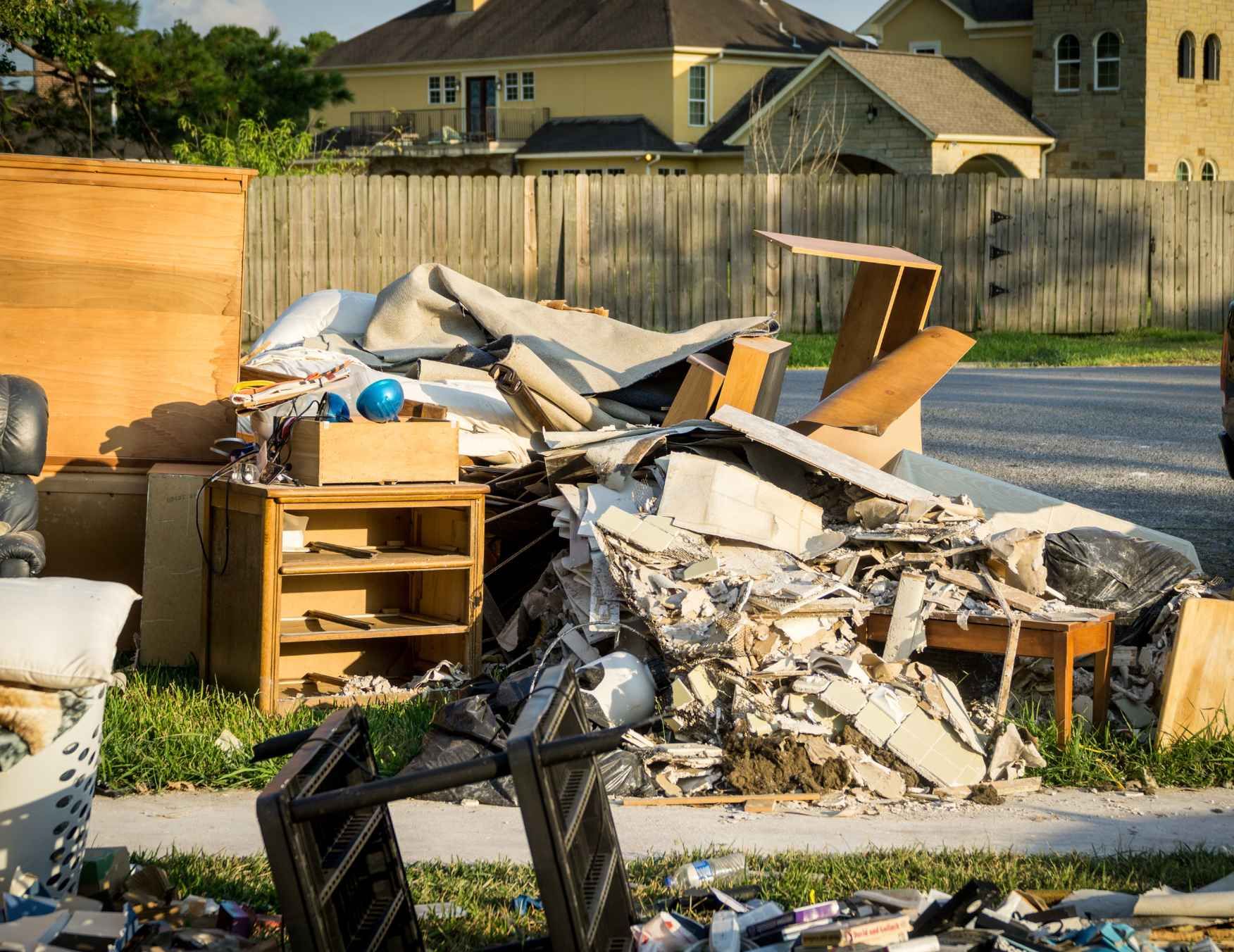
Sorting the Debris
One of the first steps in debris disposal is sorting. Not all construction waste is created equal, and different types of debris require specific handling methods. Typically, debris from a construction project falls into several categories, each with its disposal requirements. Common categories include:
- Wood waste: This can be in the form of old timber, pallets, or scrap lumber.
- Metal debris: Steel beams, pipes, nails, or any leftover metal scraps.
- Concrete and masonry: Leftover concrete, bricks, and cinder blocks.
- Plastic, glass, and insulation: Common in demolition and renovation projects.
- Hazardous waste: Asbestos, lead-based paints, and chemicals need specialized disposal methods.
Why Sorting Matters
Sorting is crucial because it allows for efficient recycling, reusing, and proper disposal. For example, wood can often be repurposed or recycled, while metals can be scrapped and reused. Concrete and bricks are often crushable for use in other construction projects, significantly reducing the amount of waste going into landfills. Materials like plastic, glass, and insulation require separate handling as they can often be recycled or reused in a manner that is safer for the environment.
Recycling Construction Materials
One of the most eco-friendly ways to dispose of construction debris is to recycle materials. Commercial construction projects are a goldmine of recyclable items, including metals, wood, concrete, glass, and plastics. Recycling not only reduces the amount of waste that ends up in landfills but also conserves resources and lowers the overall environmental footprint of construction projects.
Metals
Metal recycling is one of the most straightforward aspects of construction debris disposal. Steel, copper, aluminum, and brass are common metals found at construction sites, and they can be melted down and reused. In fact, scrap metal recycling is highly profitable, and construction companies can sometimes even make money by selling recyclable metals.
Concrete and Masonry
Concrete, bricks, and other masonry materials can be recycled by crushing them into smaller pieces. These pieces can then be used as base material for new construction projects, such as roadbeds, parking lots, and foundations. Recycled concrete is a sustainable and cost-effective solution for many construction applications.
Wood
Wood recycling can take many forms. Scrap wood can be used in various DIY projects or repurposed for energy production in biomass facilities. Some larger pieces of wood can be refinished or restored for reuse in other projects, such as cabinetry or furniture manufacturing. Even wood that’s been painted or treated can often be recycled, though it requires special handling due to the potential for toxic chemicals.
Plastics and Glass
Plastics, although often overlooked, are increasingly being recycled in the construction industry. Plastics like PVC pipes or packaging materials are commonly disposed of improperly. However, with the right sorting and collection processes, many types of plastic can be recycled for use in other construction materials. Glass, while fragile, can also be melted down and reused for making new glass products.
Proper Disposal Methods for Hazardous Waste
Some construction debris contains hazardous materials, and this type of waste requires special handling. Hazardous waste can include asbestos, lead paint, certain chemicals, and solvents that can pose significant health risks to workers and the surrounding environment. Properly identifying hazardous materials and ensuring their disposal through licensed facilities is crucial.
Asbestos
Asbestos was commonly used in construction materials like insulation, roofing, and floor tiles before its health hazards were widely known. Today, it is highly regulated. If your project involves the removal or demolition of any structure that contains asbestos, it’s essential to hire a professional asbestos abatement contractor. These experts are trained to safely handle asbestos-containing materials and ensure they are disposed of in an approved landfill or incinerator.
Lead-Based Paint
Lead-based paint is another hazardous material often found in older buildings. It can cause severe health issues if inhaled or ingested. If a construction site involves the removal of lead-based paint, strict protocols must be followed, including the use of specialized equipment and protective gear for workers. Lead waste must be handled according to EPA regulations and transported to a certified disposal facility.
Chemicals and Solvents
Construction sites may contain leftover chemicals such as paints, adhesives, and solvents, which can be harmful to the environment and workers if not disposed of correctly. These substances need to be carefully labeled, stored in sealed containers, and then taken to a certified hazardous waste facility for disposal.
Utilizing a Professional Junk Removal Service
Given the complexities involved in safely disposing of commercial construction debris, many businesses choose to work with a professional junk removal service. These experts specialize in construction debris removal, offering a comprehensive solution that ensures compliance with all local regulations and environmental standards.
Hiring a professional service offers several benefits:
- Efficiency: These companies know the best ways to remove, sort, and dispose of construction debris efficiently, saving time and reducing project delays.
- Compliance: A reputable junk removal service stays updated on local laws and regulations to ensure proper handling of hazardous materials and debris.
- Sustainability: Many junk removal companies are committed to eco-friendly practices, ensuring that recyclable materials are properly processed and waste is minimized.
- Safety: Professionals are trained to handle hazardous materials and large debris, reducing the risk of injury on the job site.
Local Regulations and Permits
Disposing of construction debris is not always as simple as tossing it in a dumpster. Different regions have specific laws governing construction waste disposal, and these laws can vary significantly depending on your location. In some areas, you may need to obtain special permits for disposing of certain types of debris, particularly hazardous materials.
It’s essential to consult with local authorities or a professional debris removal company to understand the rules in your area. Some jurisdictions require that certain types of construction waste be taken to designated recycling centers or landfills. Failing to follow these regulations can result in costly fines, project delays, or legal issues.
The Role of Dumpsters and Roll-Off Containers
One of the most common methods for handling construction debris is using dumpsters or roll-off containers. These containers come in various sizes and are ideal for holding large volumes of waste. When you hire a dumpster service, they will deliver the container to your construction site, where it can be filled with debris. Once full, the dumpster is picked up and taken to an appropriate disposal facility.
Choosing the right size dumpster is crucial. A dumpster that is too small will fill up quickly, requiring multiple pickups, while a dumpster that is too large may be unnecessarily expensive. It’s essential to assess the amount of debris your project is likely to generate and select the appropriate container size.
Conclusion
Disposing of commercial construction debris may seem like a minor detail in the grand scheme of a project, but it’s a critical component that can impact the success and sustainability of the job. By taking the time to properly sort materials, recycle when possible, handle hazardous waste responsibly, and work with a professional junk removal service, you can ensure a cleaner, safer, and more environmentally friendly construction process.
In addition to ensuring the legal and environmental aspects of debris disposal are met, efficient removal can prevent project delays, avoid fines, and contribute to a better reputation for your construction company.
If you’re looking for a reliable, professional service for handling construction debris, contact Kick It Junk Removal & Hauling, located at 14339 Stanley Lane, Forney, Texas 75126, and provide them with all your debris disposal needs. For inquiries, you can reach them at 469-866-2395 or email Paul@kickitservices.com.
